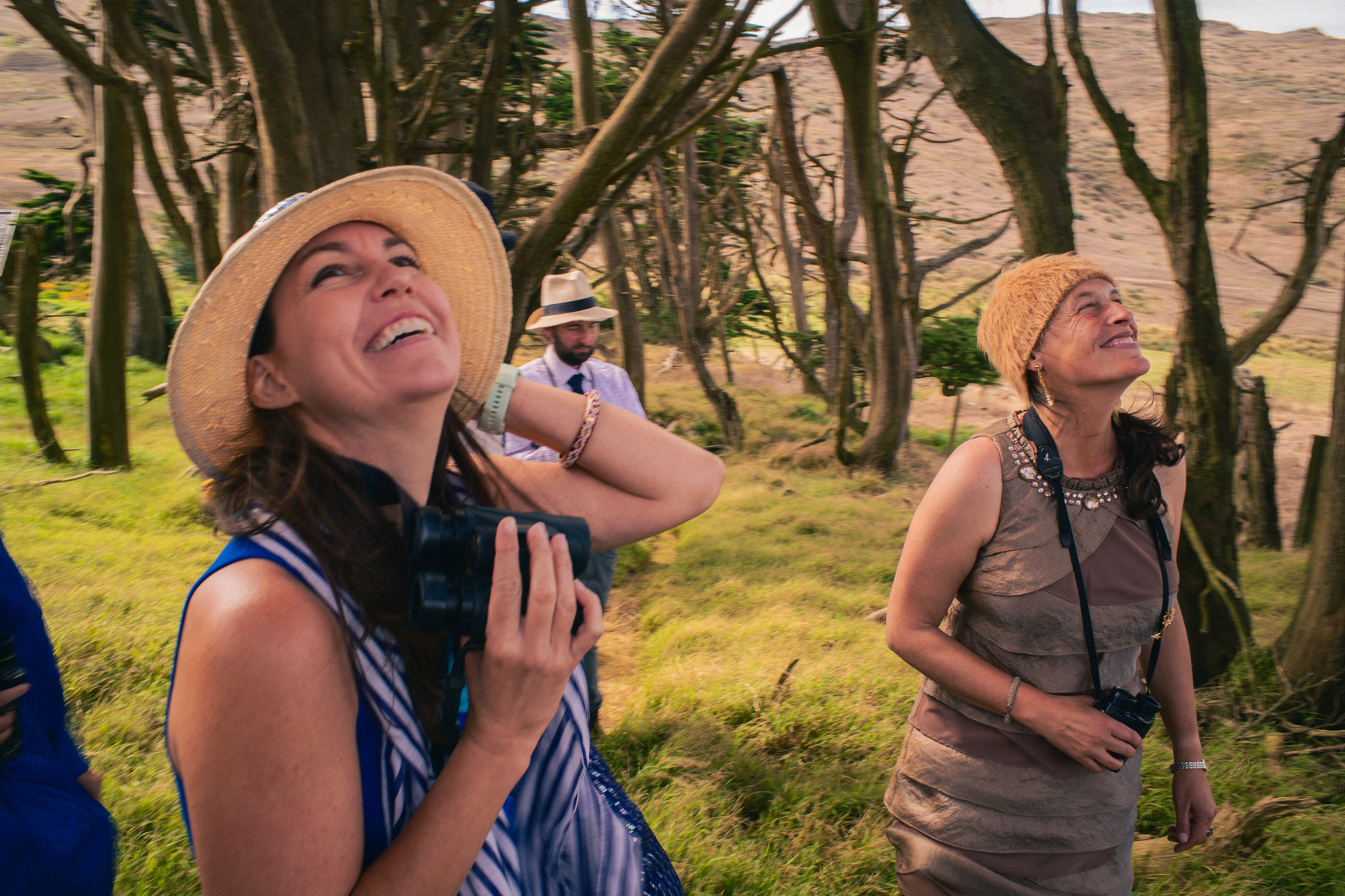Personal Work - The Birdathon
Point Blue Birdathon
Personal Work - EDITORIAL
I love this monthly opportunity to share work with you all. Making and sharing images is, after all, what I’ve built my life around.
Each month I sit down and silently obsess about what work to share and how to talk about it. Will my clients who love the great outdoors appreciate my indoor work? Will my editorial clients take an interest in my advertising work? And perhaps the most peculiar question of all, will anyone find my portraits of salmon intriguing?
But there’s always one safe choice where I don’t have to fret: personal work.
Last month I got to join the California based conservation science org Point Blue on their annual Birdathon.
Teams of biologists dress up and tour pockets of California trying to spot and identify as many birds as possible in a grueling 24 hour period - all in an effort to fundraise for conservation.
So here’s the personal work part.
Any time I take on a personal project, I push myself to try something different. It’s my continuing education, if you will.
For this project, I wanted to experiment with shooting on smaller cameras (ie Leica rangefinders). I had a theory that subjects react to the size and format of the camera they’re looking at: basically, the smaller the camera, the less the photographer impacts a naturally evolving scene.
When I’m working on a commercial set, with professional models, camera size is irrelevant…and sometimes even works the opposite way (a big camera communicates that it’s time to work).
But this was a documentary project, and I wanted to see how far I could stretch my image making without asking anything of the subject. This verité approach forces the photographer to be thinking 3 steps ahead of the subject, sort of like a chess match where your pieces are: light, composition, and action.
To add to the experiment, I deliberately hamstrung myself with a fixed wide-angle lens with absolutely no automatic features. This meant that in order to make any quality work, I’d have to pre-compose a shot before lifting the camera, and then be WAY inside the personal space of my subjects - often crawling through poison oak and tick-infested grass to get in position.
And success!
The tiny camera (in my case, a Sony @6000 with a TT Artisan 17mm manual focus lens) really let me get inside people’s space without triggering a camera-shy reaction. At one point, one of the birders did startle on discovering that I was taking pictures of them, but not until I’d already made about a dozen frames.
Also shooting the entire project on one focal length created a familiar feeling throughout the images that, to me, feels more nostalgic, intimate, and authentic than mixing focal lengths.
I loved the feeling of being embedded with this group, overhearing their jokes about sighting common birds, the hopeful musings about rare species, and the incredible passion they all share for protecting these spaces.
From the “small camera experiment” I took away a new way of seeing and framing images that I’ve already started to integrate into other work. I’m excited to share the handful of jobs that followed this project. See if you can spot the influence of the “Leica 18mm” look :)











